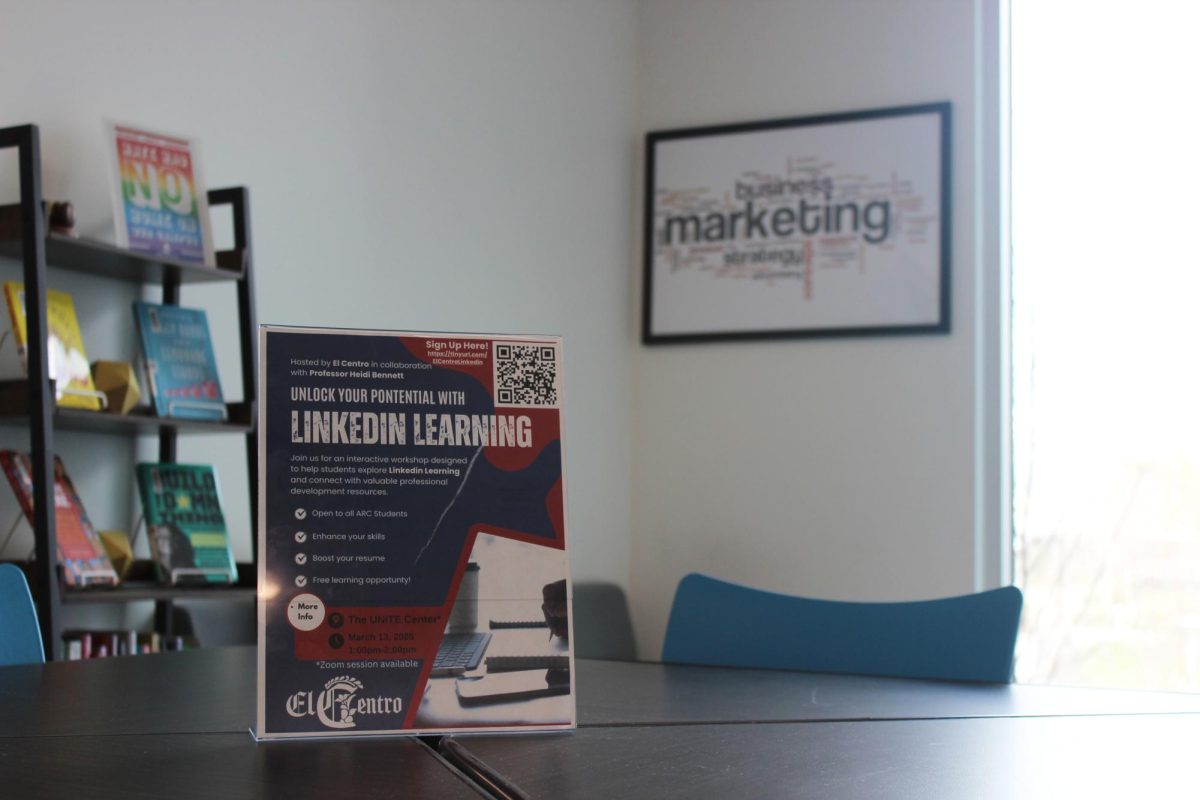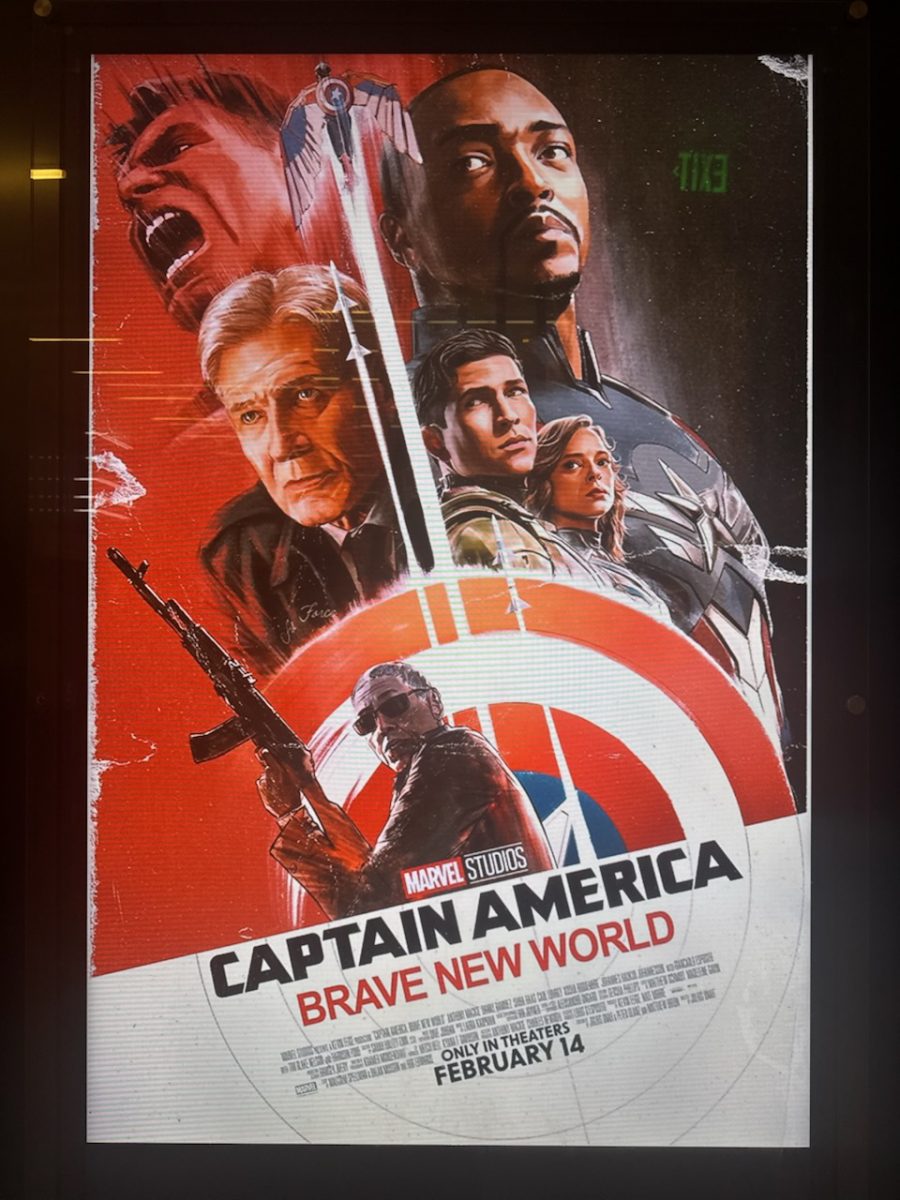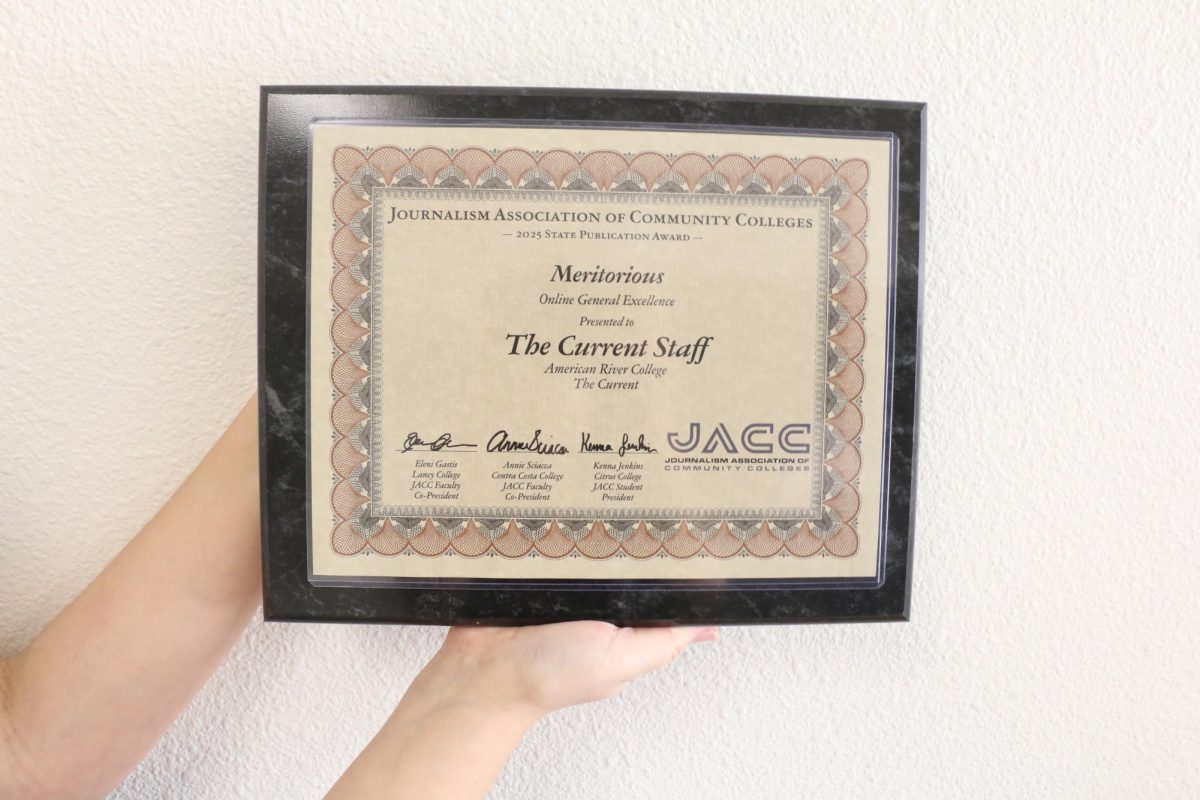In 2009, President Obama unveiled his “Educate to Innovate” campaign, which centered on a desire to reassert American dominance in the fields of math and science. Part of Obama’s plan for achieving this ambitious goal was to diversify these areas by combating the long-standing under-representation of women in science, technology, engineering and math (STEM).
According to a study by the Department of Education, “In 2009-2010, females made up less than 25 percent of participants in science, technology, engineering and math programs nationally,” despite improving numbers in other “non-traditional” fields.
American River College student Tashly Covington said the disparity of interest in STEM fields is evident in her electronics technology class.
“There are three total (women), and there’s like 20 people in the class,” Covington said. “It can be intimidating because you feel like you’re not smart enough.”
While unemployment remains a concern in California, there is no lack of jobs in STEM fields, where employment opportunities are expected to continue to grow at nearly double the rate of non-STEM jobs.
Furthermore, women in STEM jobs earn 33 percent more than those in non-STEM fields, and while women, on average, make only 78 cents to every dollar men make, this income inequality tends to be smaller in STEM jobs.
According to the 2012 Program of International Student Assessment (PISA) study, American students rank 26th in mathematics, 21st in science and 17th in reading.
In order to strengthen America’s standing in these fields, diversification is first required. Stereotypes of young girls being bad at math must be replaced with inspiring examples of female innovators.
GoldieBlox, a California toy company founded in 2012 following a successful Kickstarter campaign, aims to increase female participation in the engineering field by producing construction toys specifically targeted at developing and retaining girls’ interest in engineering.
GoldieBlox sets come with a storybook featuring girl inventor Goldie, who directs young readers into assisting her with the dilemmas she encounters in the story, through the building of various simple machines.
These storybooks are apparently what sets GoldieBlox apart from other construction toys. According to the website, by “tapping into girls’ strong verbal skills, our story and construction set bolsters confidence in spatial skills while giving young inventors the tools they need to build and create amazing things.”
While the feminist credibility of Goldieblox has been questioned by those who believe the product’s pink coloring and story-telling aspect relies on gender stereotypes, the approach of cultivating intellectual curiosity early in life is without a doubt a step in the right direction for enticing female interest in STEM fields.
The susceptibility of women to negative stereotyping must be combated in order to retain their interest in STEM fields. Cultivating the interest, while important, will not solve the problem if we allow their interest to fade due to societal expectations.
“It would be great to have women there…A lot of women seem to be kind of scared of it, but I feel like there’s a lot of great women in science,” said Josue Sanchez, a physics major at ARC.
As prominent astrophysicist Neil deGrasse Tyson is fond of reminding us, the home-grown STEM innovations of today ensure the stability of the nation’s economy and geopolitical strength tomorrow. If we wish to truly lead the world into the future, we must make use of all of our resources.













